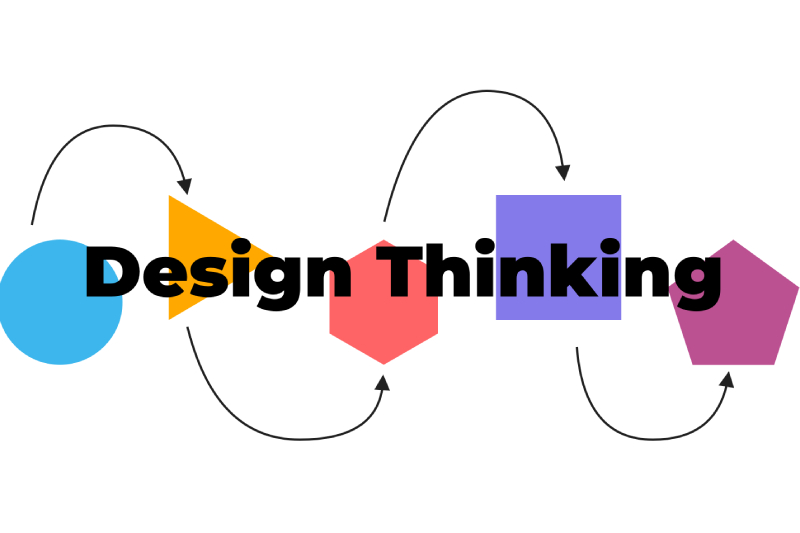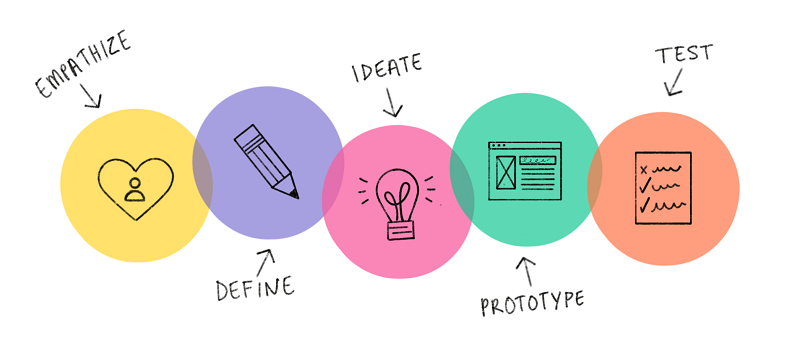
Design thinking methods are used by businesses to create branding elements such as logos and advertisements. It helps businesses identify, understand, and address problems that plague their organizations and clients. Design thinking strategy can help salespeople to understand customer retention better. It is useful in most business situations to determine who will use the business solution. Design thinking is taught in the industrial design course in Chennai and other top educational institutions to develop the best products in the world. You can learn more methods to implement new products based on the philosophy of human-centered users through these courses.
What Is Design Strategy?
Design strategy combines design thinking that helps companies create new opportunities. It is a set of guidelines for creating the heart of all aspects of design, business strategy, and technological innovation. Design thinking is a powerful tool for tackling difficult problems and discovering innovations. Use it to identify gaps in a company’s overall strategy. It spurs innovation and opens up more opportunities for everyone to make a meaningful contribution. Design thinking has been adopted by many successful companies, including Nike, Pepsi, Google, and Apple.
The role of design thinking is that it allows leaders to see things, conceptualize them, and chart the course for the future of their organizations. The design strategy will help understand the customers better and eventually grow the business. It solves problems by identifying the underlying issue related to the system’s users. However, design thinking encourages team-based collaboration and puts the user at the centre of the process. These systematic approaches identify and develop innovative solutions by placing the users a priority for all services.
Benefits Of Design Thinking In Business
Design thinking and value chain analysis are two terms that come to mind when thinking about value creation. Many businesses have noticed an improvement in their ability to approach problems through design thinking. It can be applied to businesses of all sizes and provides multiple solutions. It increases their productivity and success in various forms. Design thinking is essential in an organization’s supply chain, distribution network, and customer relations. Therefore, businesses need design thinking to provide the best service and products. Its other benefits are:
- Design thinking involves empathizing with the customer, defining the difficulties and developing ideas.
- It places the customer at the forefront of all decisions, as it should benefit the customer.
- Design thinking is a great way to foster innovation in any organization as it creates better products and services for customers.
- It increases participation and belonging among team members in any business.
- Design thinking is a systematic approach to creating value for customers and clients, and it helps organizations contribute to a better future for society.
- It encourages companies to think critically and get out of the way of the process.
- Design thinking identifies hidden needs by having the innovator live through the customer’s experience.
- It enables companies to solve problems more agilely and innovate new solutions for their customers more quickly.
- Design thinking is a mindset that places the human at the centre of the process and helps to reduce uncertainty and risk-taking.

Ways To Incorporate Design Thinking To Improve Business Strategy
Design thinking improves the business strategy by visualizing customers, products, and services through the business model canvas. In turn, the business model canvas helps design strategists understand how to provide greater value to customers and satisfy their expectations. Design thinking processes counteract human biases that stifle innovation. It addresses challenges every organization faces in achieving superior solutions, thereby lowering costs and risks and gaining employee buy-in.
Business leaders should test ideas early by creating prototypes and soliciting feedback as a first step. This prevents them from wasting valuable time and resources. Companies must always conduct a demographic study to determine what the customers want with the design thinking. Collaboration is essential to good design and approaches every business challenge.
Participants in a design process must brainstorm ideas and share them creatively, rather than simply negotiating compromises. On the other hand, design thinking frames the discussion as an investigation. The ideas need to be feasible, and when the discovery process is over, participants will be asked to share their views on how to design if anything is possible.
Team members must also share their assumptions about why the idea would work as they apply design thinking. This encourages more collaborative and creative discussions among diverse teams. Let us now see the advantages of design thinking in Business.
- Design thinking fosters innovation and increases the number of opportunities to make a meaningful contribution.
- It helps run more productive meetings and get everyone on the same page.
- Design thinking can create pleasant and interactive customer touchpoints that positively influence customers.
- Design thinking helps reduce surprises by considering customer feedback and iterations during the development phase.
- It can improve customer interactions by showing prospective customers a visual representation of their solutions.
- Design thinking helps companies to succeed by putting their customers first and understanding their objectives, behaviors, and motivations.
End-note
The design thinking structure allows for a natural transition from research to implementation and beyond. As a result, product design courses in Chennai inculcate design thinking amongst the students. Most importantly, it creates simple, low-cost artifacts that capture the essential features of the proposed user experience rather than complex, high-cost prototypes.
